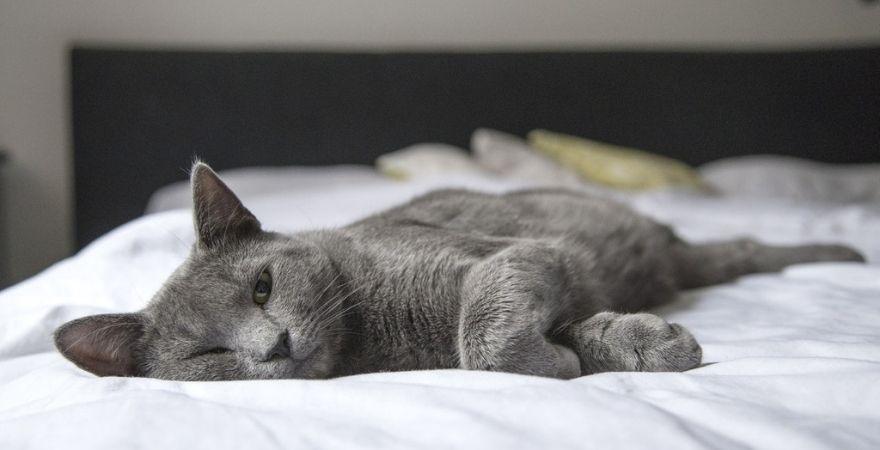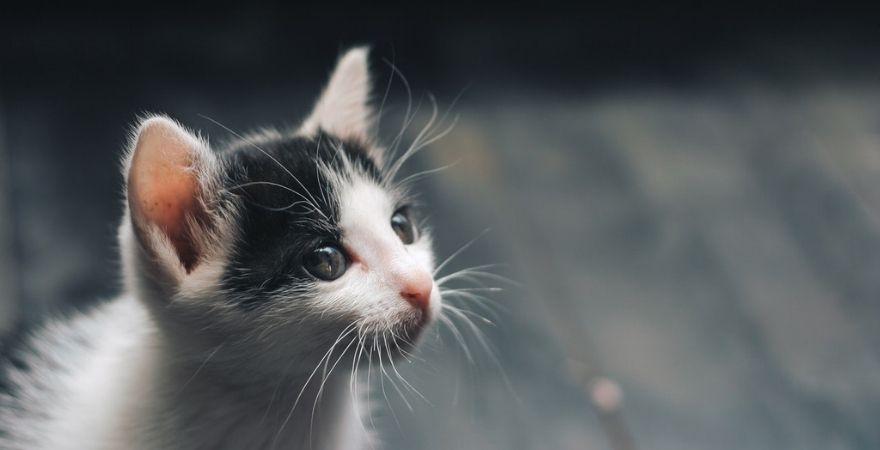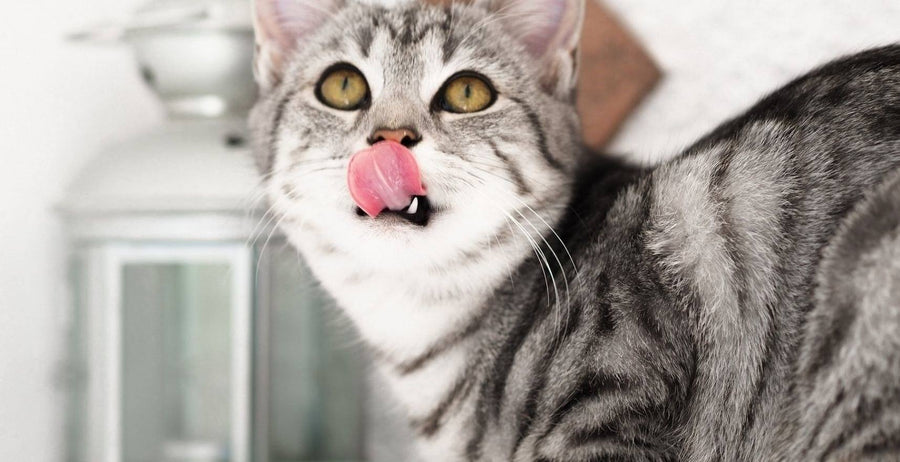
Outdoor cats and indoor cats are the same cutely fierce, likably willful critters. So they’re not radically different in their basic carnivorous nutritional requirements. That said, outdoor and indoor cats do, frequently, lead very different lifestyles. And this will have an impact on their energy levels, health maintenance needs and caloric requirements.
Let’s take a look at some of the key factors you should be aware of when managing the diet of an outdoor versus an indoor cat.

Let’s get the big issue dealt with right out of the gate. The first and most critical factor to consider is obesity.
Indoor cats are likely to have less activity in their lives. This means that the same calorie intake that would be perfectly healthy in an outdoor feline is likely to make an indoor cat gain weight, and sometimes alarmingly quickly.
Indoor cat foods are specifically formulated to provide calories to fit a more sedentary lifestyle. As cited in Pet Central, indoor pet foods offer the same bulk of food, but with fewer calories. Think of it as the difference between eating a big chunk of marbled steak versus lean, grilled chicken. You can fill up on both, but chicken is going to yield up significantly fewer calories. With an indoor cat food, your cat will feel satiated but his total energy intake will be significantly less.
But as with most lifestyle changes, moderation is important. It’s important to note here that any dietary change should be gradual. If your indoor cat is used to eating a calorie rich diet, they aren’t going to be happy if you suddenly cut that in half. Go gently, just as you would with yourself, and gradually transition your indoor cat to a healthier diet.
There’s also an alternative (or at the very least a complement) to dietary restrictions for indoor cats. How about upping their exercise? Check out this great article on the joys and health benefits of cat play, by WebMD. The American Humane Society also offers some great suggestions for keeping your indoor cats happy with scratching posts, climbing places and even Cat TV! A happy cat is frequently a more active cat.
Indoor cats lead a sheltered life of luxury. Without the cyclical temperature variations of the seasons, an indoor cat’s cycle of fur growth doesn’t naturally wax and wane. It’s not uncommon for an indoor cat to shed a lot more than its outdoor brethren, and this has one big, often quite unpleasant consequence: you guessed it, fur balls!
As an indoor cat grooms, it’ll generally ingest a lot more fur than an outdoor cat over the same time period. This can lead to nasty gastric problems, and may even require medical intervention. Fortunately, the right diet can prevent that.
An indoor cat’s diet should generally be a bit higher in fiber, to permit those nasty fur clumps a smoother ride through your hirsute companion’s digestive tract. Again, most indoor cat formulas take these needs into account in indoor cat food formulas.
If you’re worried that your indoor cat is having a lot of, shall we say, visits from the fur ball fairy, it’s a good idea to bring this up (no pun intended!) with your vet. They may be able to recommend dietary changes to better manage the problem.

There’s a few complications to a strictly nutritional conversation about the dietary needs of outdoor cats and indoor cats. One of the big ones is that cats are natural opportunists! You may think your cat-buddy is faithful to you and you alone when it comes to getting their nommies on, but you may be sorely mistaken.
As outlined in Pet Web MD, outdoor cats frequently led unexpectedly complicated lives, especially when it comes to food. Domestic cats know humans have this very pleasing habit of dispensing delicious snacks. And if you happen to have particularly generous neighbors who love a bewhiskered visitor or two, there’s a good chance your outdoor cat is sneaking a few extra meals on the side!
The take home lesson here?
It’s always a good idea to check in with your neighbors about your outdoor cat’s deviously snackish ways. According to the Cornell Feline Health Center, human treat food should not exceed 10 to 15 percent of a cat’s diet, so keep on eye on your cat’s manipulative wiles to make sure they stay healthy. It may take some coordinated action from you and your neighbors to make sure your cat isn’t over-eating.
There’s another important caveat when it comes to cats and diet: all cats are different. For a great general discussion on feline nutrition, check out Nutrition Recommendations for Cats by Aspen Grove Veterinary Care. The article makes the important point that there are no one-size-fits-all dietary solutions when it comes to feline nutrition. Cats are just cooler, cuter, more willful versions of humans. They are all different.
Some indoor cats will be unstoppable little tornadoes of activity and are going to require more food. (Any Bengal owners out there? You’ll likely be nodding along to this point!) On the other hand, some outdoor cats will spend half their lives sleeping in that perfect drop of sunlight.
Know your cat. Watch their weight. Make smart decisions about what their individual nutritions are. Moreover, it’s important to pay attention to how those dietary needs change over time. The calories your cat needs as a young adolescent are going to be quite different to their needs in older age.
When it comes to getting your cat’s diet right, the good news is that indoor and outdoor cat food formulas should make the process much easier for you. However, observation is key here. Some indoor cats are going to be more active and require more calories to match their lifestyle. Likewise, some outdoor cats will live a comparatively sedate life of catlike leisure.
The best way to arrive at the perfect nutritional game plan for your cat is to observe your fluffer’s behavior, talk to your vet and keep a close eye on their weight. Those extra pounds don’t lie!
Sources
[What’s The Difference Between Indoor Cat Food And Regular Cat Food?](https://petcentral.chewy.com/whats-the-difference-between-indoor-cat-food-and-regular-cat-food/)
[Indoor Vs. Outdoor Cats: Health and Safety](https://pets.webmd.com/cats/features/should-you-have-an-indoor-cat-or-an-outdoor-cat#1)
[Nutrition Recommendations for Cats | Proper Feline Care](https://aspengrovevet.com/nutrition-recommendations-cats/)
[Indoor Cats vs. Outdoor Cats - American Humane](https://www.americanhumane.org/fact-sheet/indoor-cats-vs-outdoor-cats/)
[Feeding Your Cat | Cornell University College of Veterinary Medicine](https://www.vet.cornell.edu/departments-centers-and-institutes/cornell-feline-health-center/health-information/feline-health-topics/feeding-your-cat)
[How to Get Your Cat to Exercise](https://pets.webmd.com/cats/cat-exercise#1)



